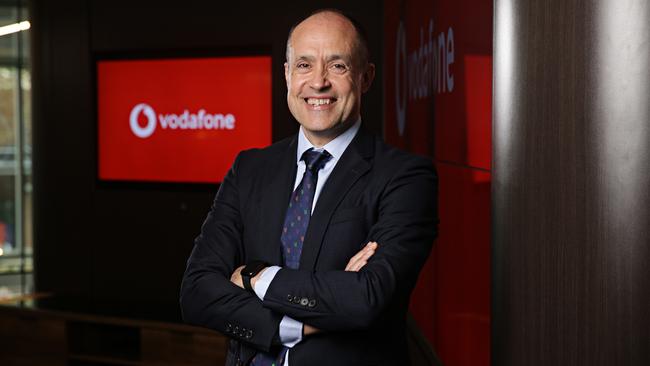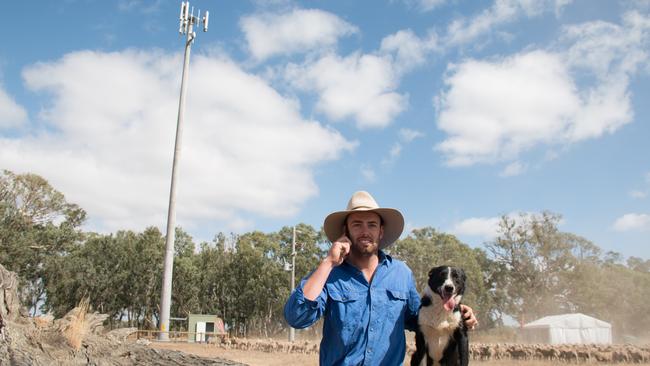‘Fed up Aussies’ ditch Telstra as Vodafone, Optus tie-up gains traction
Vodafone-owner TPG says its $1.6bn network sharing deal with Optus has yielded a 40 per cent surge in new customers as Aussies ditch Telstra. Time for a better deal?

TPG’s $1.6bn network sharing deal with Optus, has yielded a 40 per cent surge in new customers as “fed up Australians” ditch the nation’s biggest and most expensive telco for cheaper Vodafone plans.
TPG, which owns the Vodafone brand, switched on the network sharing deal in January, dramatically increasing its coverage in an effort to take on Telstra to create a third competitive national telco.
The Australian can reveal the deal has been a winner in its initial months, with new “port-in” or customer data showing a spike in people tearing up their Telstra – and even Optus – plans.
In the first two months of its operations, there has been an overall 40 per cent increase compared with the same period last year, with Queensland leading the charge. The Sunshine Coast recorded an 80 per cent spike.
But it’s not just regional areas, city dwellers have also been quick to switch plans, with Sydney and Melbourne up 30 per cent, while Adelaide has recorded a 50 per cent rise and Perth is up 80 per cent.
TPG group executive in charge of consumers Kieran Cooney said it has capped off the telco’s biggest period of new connections in six years.
“We’ve been hearing it every day – people have been asking us to please roll out the Vodafone network to more of Australia because they were sick of having limited choice. They were sick of having to pay high prices just to get regional coverage,” Mr Cooney said.
“It was like a tax on coverage. But now Vodafone has doubled the network, it’s something they don’t have to pay. They can get the same coverage without having to pay that premium.
“And it’s not just the regions. We’ve seen a lot of growth in the big cities.”

Telstra’s base sim-only mobile plan costs $65 a month for 50GB of data – that is 66 per cent more expensive than Vodafone’s current base plan, which offers 100GB data for the first 12 months. But when it returns to standard pricing, Vodafone is still about 25 per cent cheaper.
Telstra has argued that the reason why it charges more is that it has a bigger network to service. It covers about three million square kilometres – three times as much as Vodafone’s new footprint under its deal with Optus.
But Mr Cooney said Australians were wanting more value.
“I would just look at what Australians are choosing. At the moment what people are saying is ‘I want the coverage in places that I value, and I don’t want to pay a premium for it’.
“ I know expansive networks cost a lot of money but what you have to balance up is what’s valuable to customers and what are they willing to pay. And what we’re seeing is that more and more Australians are choosing to come over to Vodafone because we’ve got the network and so much more of Australia.”
TPG initially wanted to enter a network sharing arrangement with Telstra to increase its coverage to more Australians. But the competition regulator rejected those plans, fearing it would cement Telstra’s dominance and not boost competition.
But last year, Telstra chief executive Vicki Brady abandoned the telco’s longstanding strategy of pegging price rises to inflation last May. Some analysts believed Telstra would freeze or lower prices to prepare for increased competition from Vodafone.
Instead, Telstra did the opposite, hiking plans by 4 or 5 per cent and some cases 11 per cent.
“Our focus is on continuing to invest in regional Australia by further expanding our network, because we know it’s what these communities need,” the Telstra spokesman said earlier this year.
“We are also continuing to expand our 5G footprint which remains Australia’s largest 5G and is available in most metro and many regional areas today.”




To join the conversation, please log in. Don't have an account? Register
Join the conversation, you are commenting as Logout